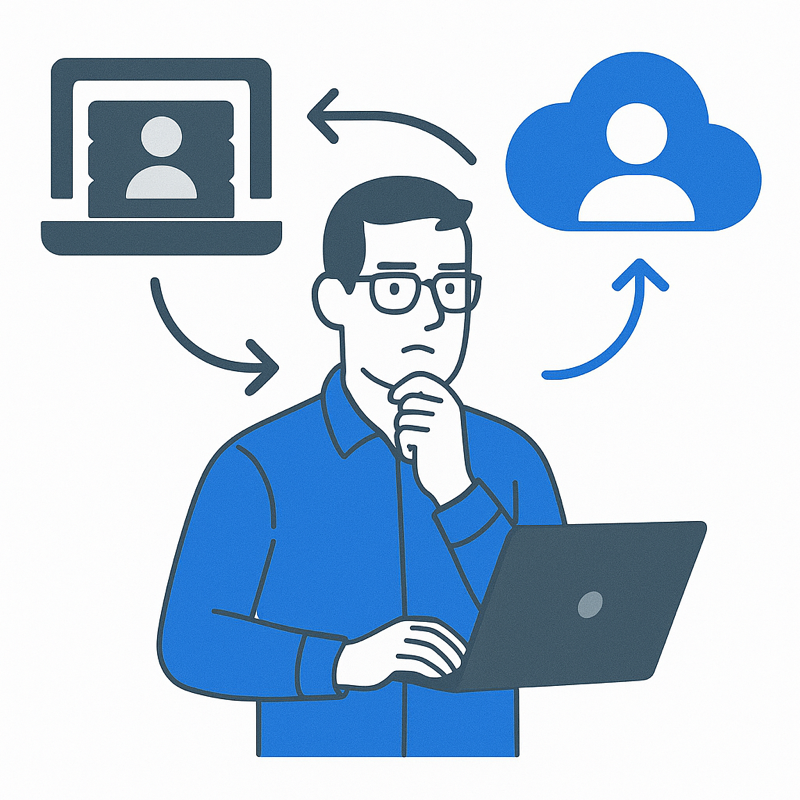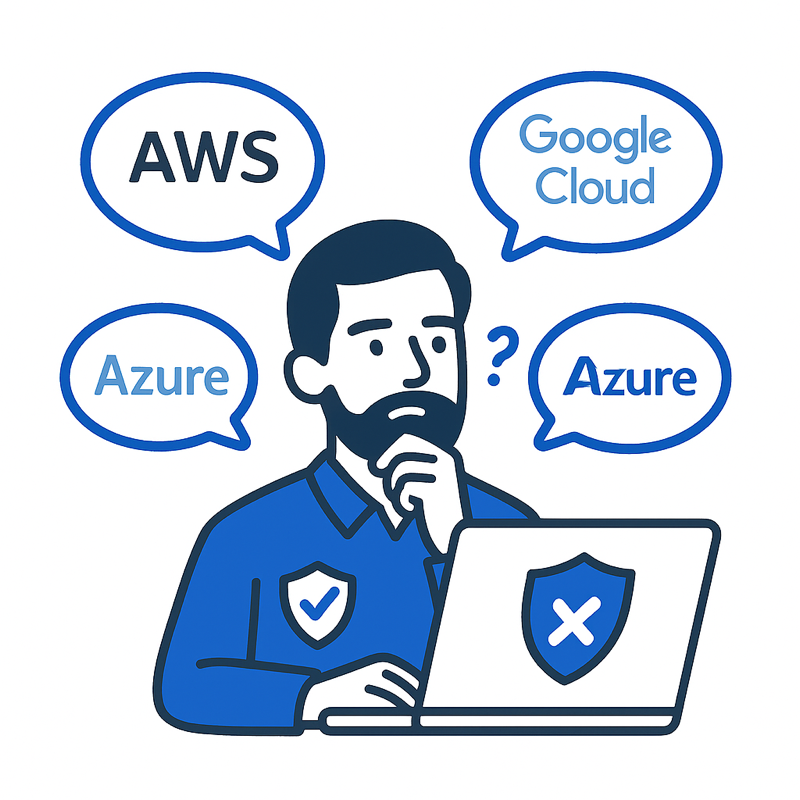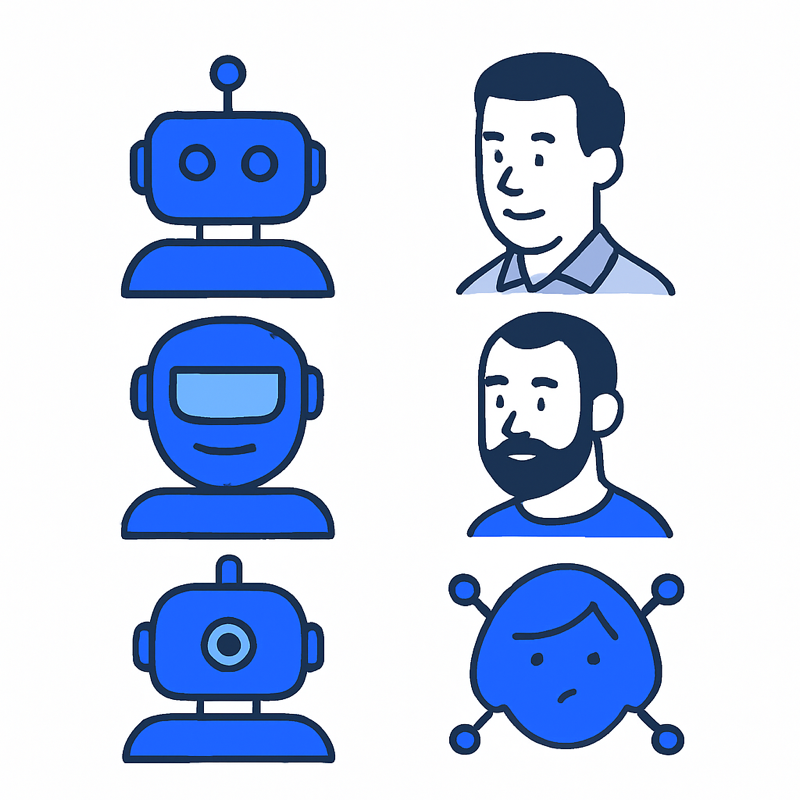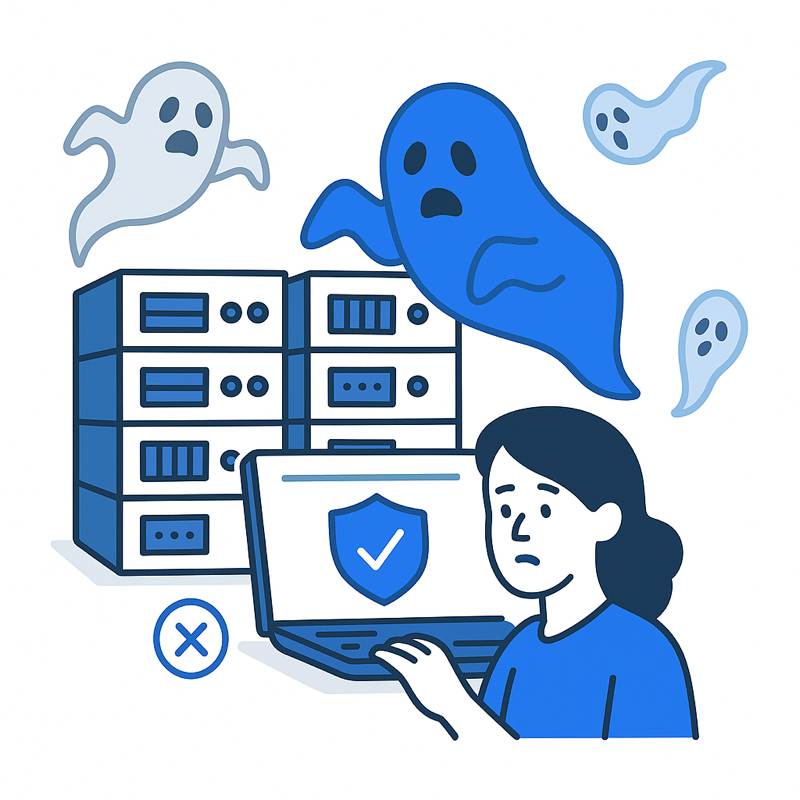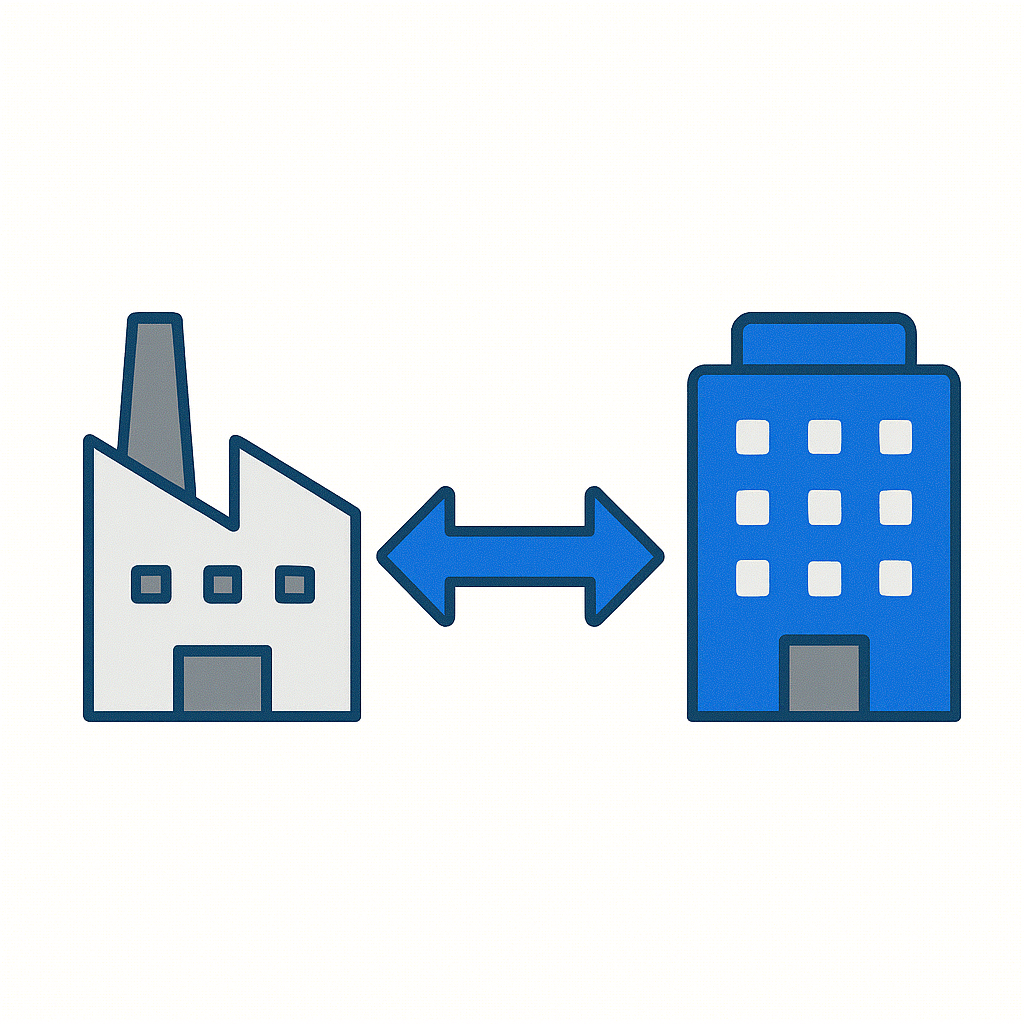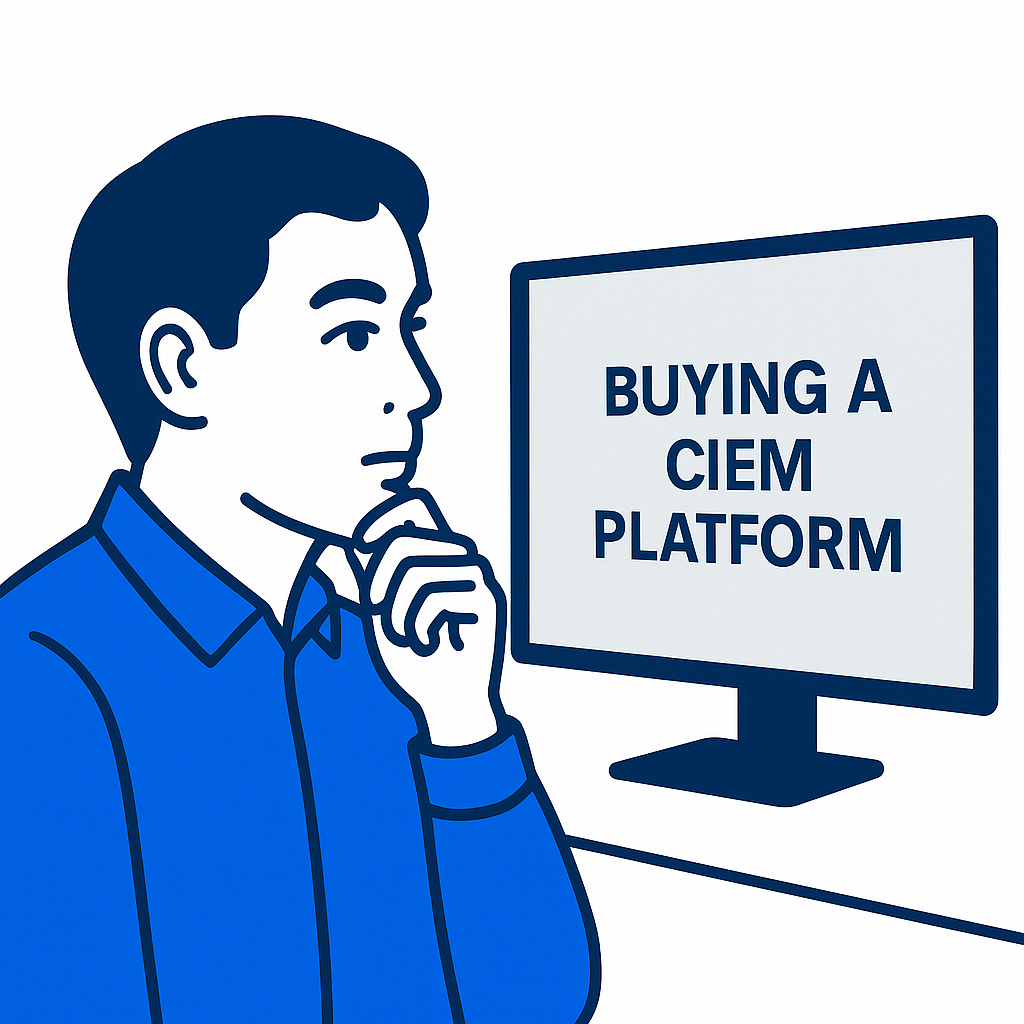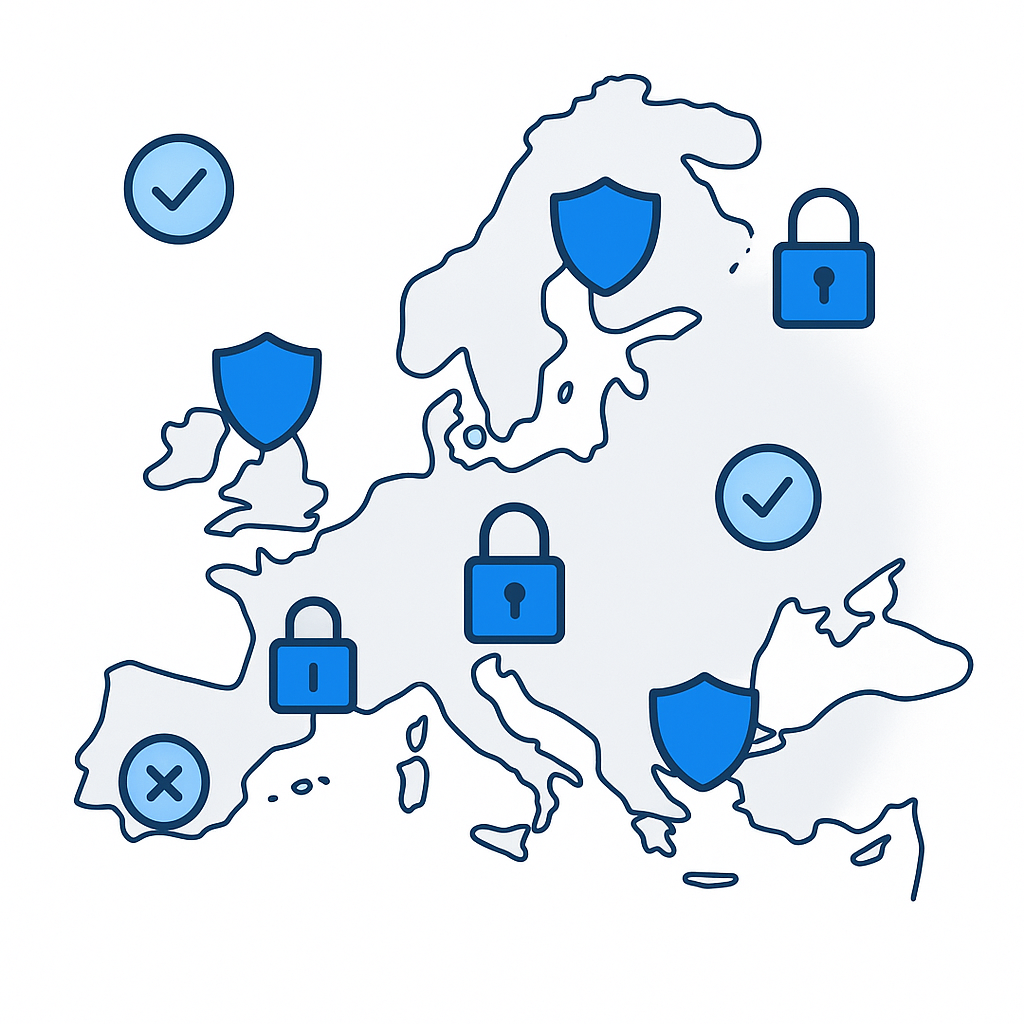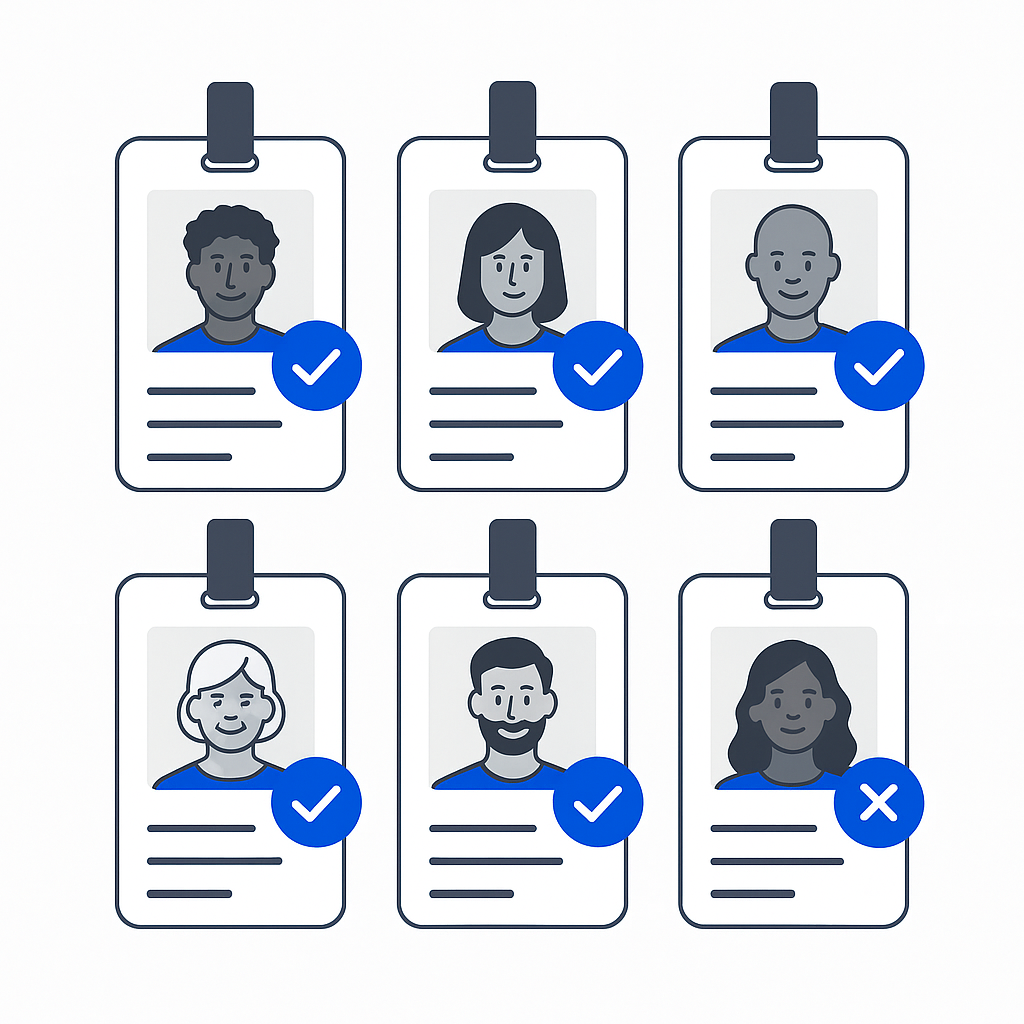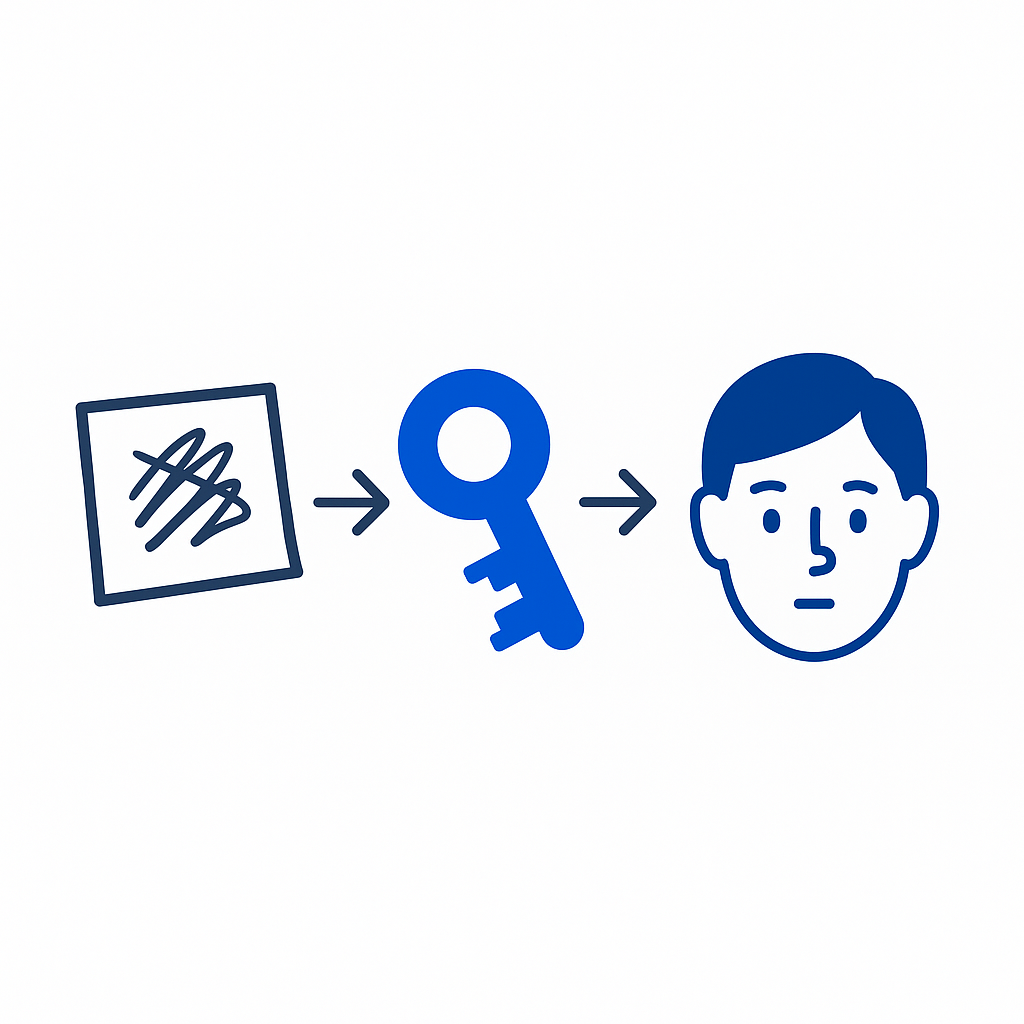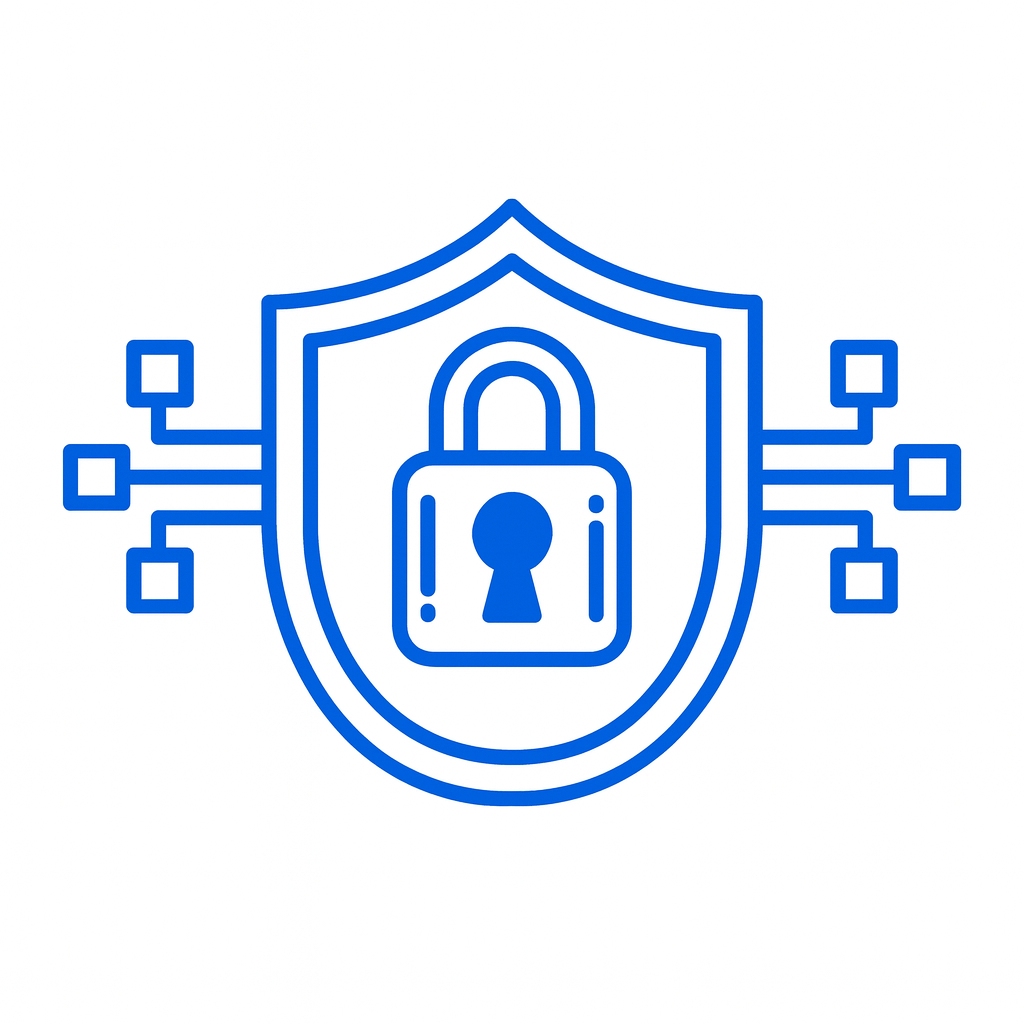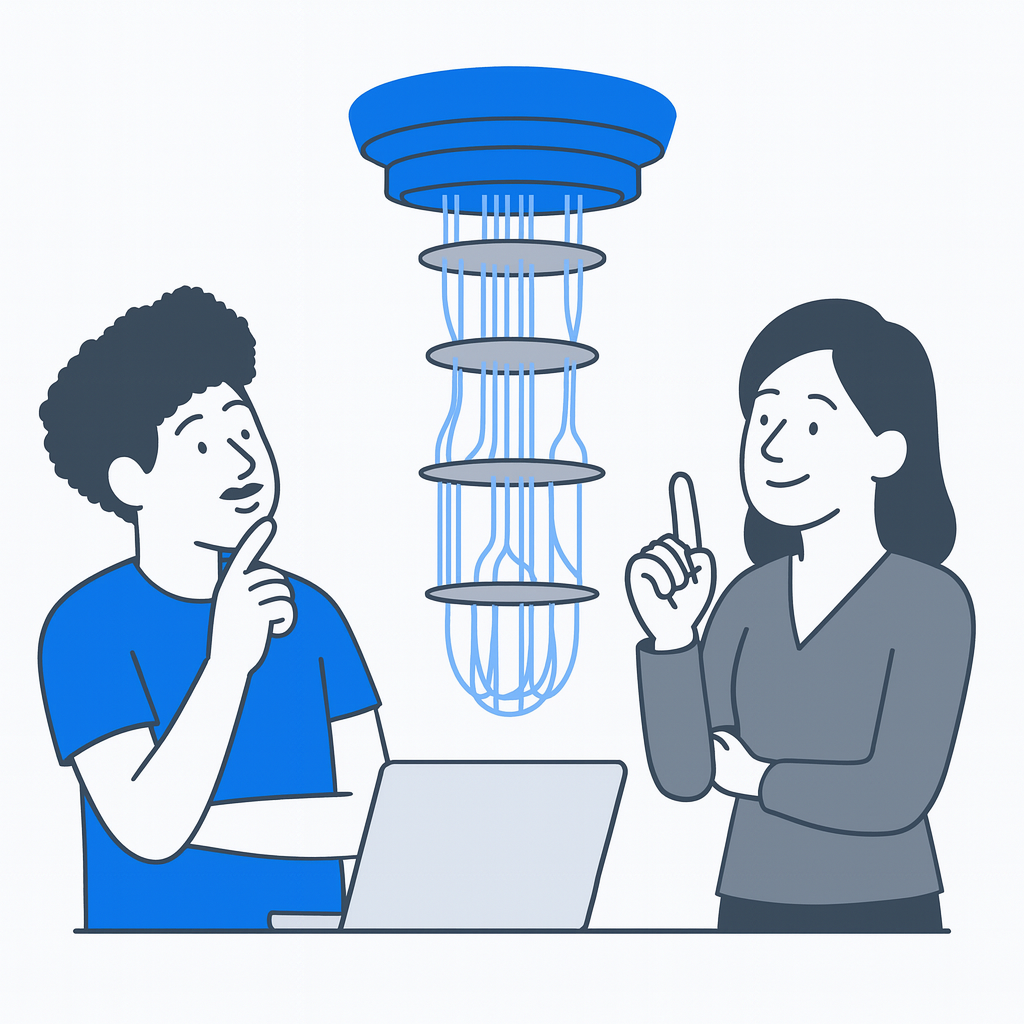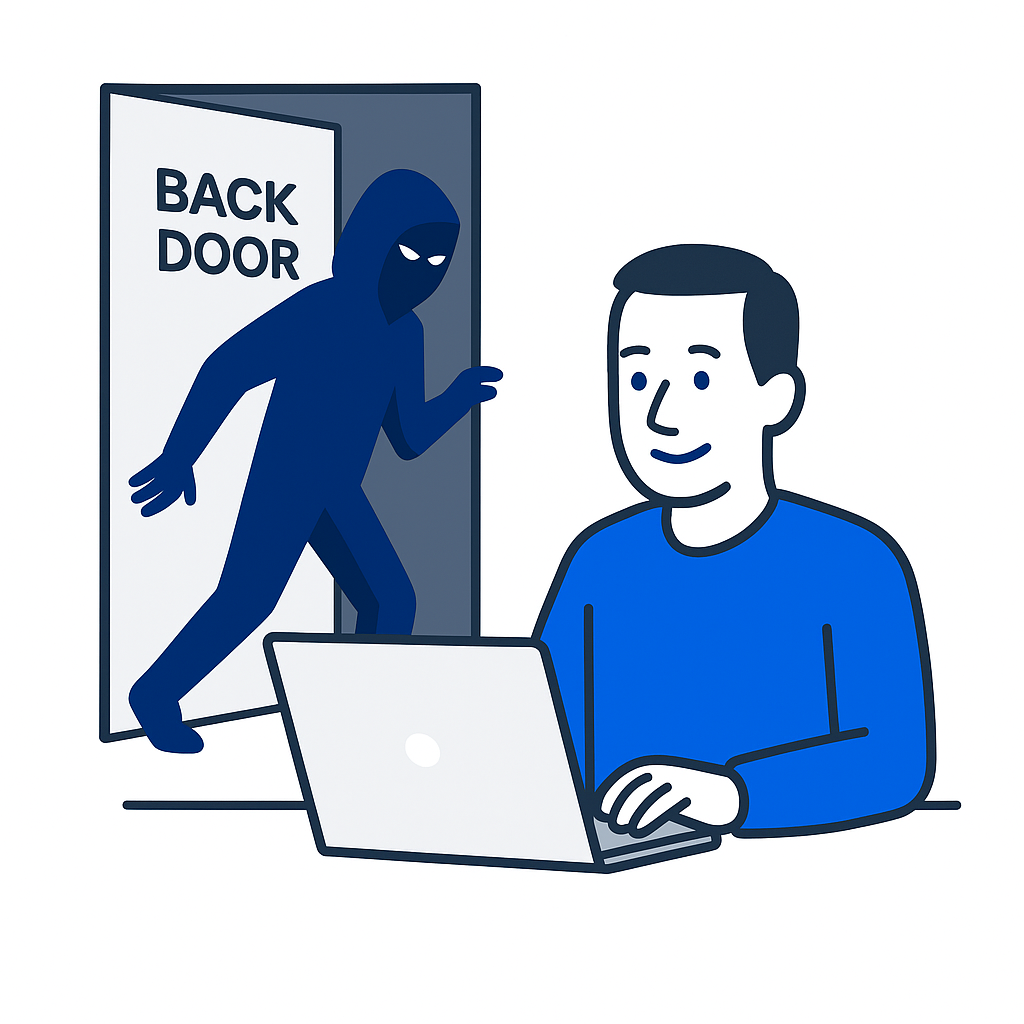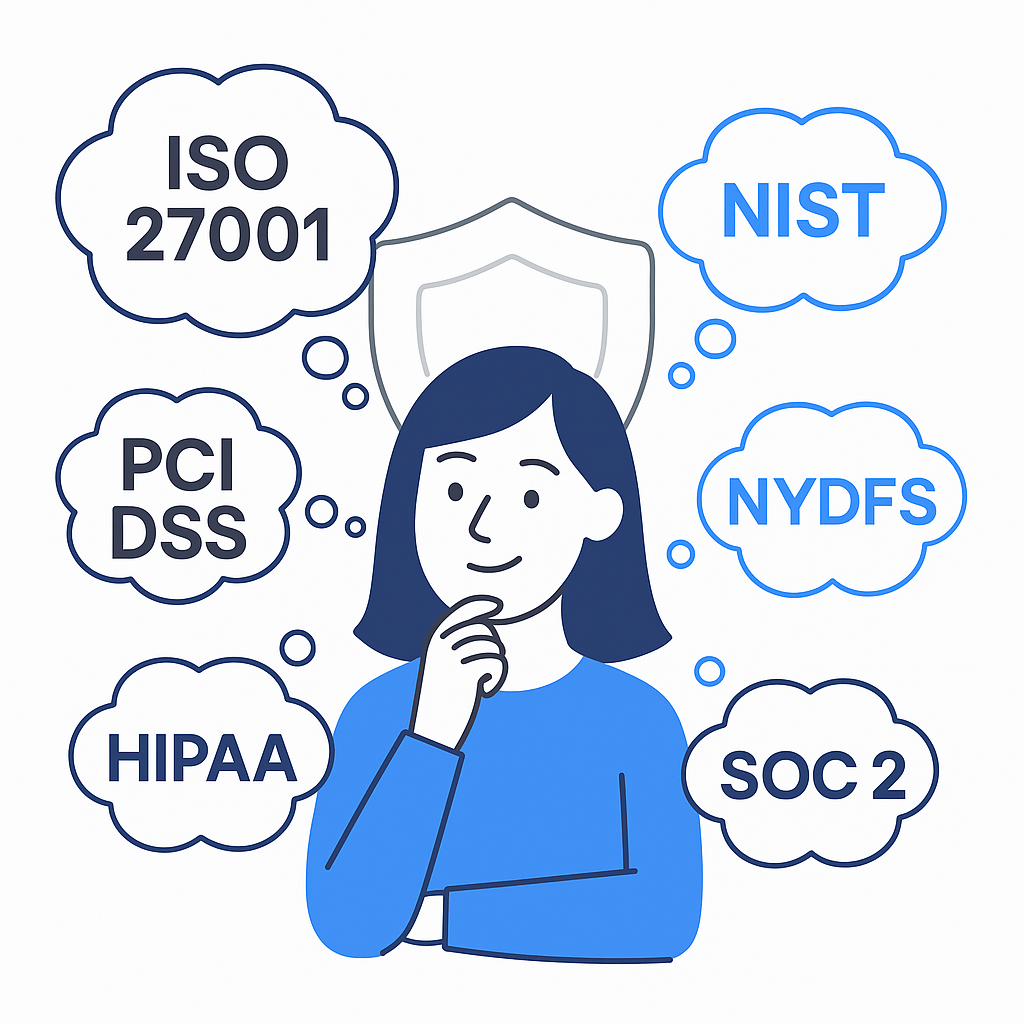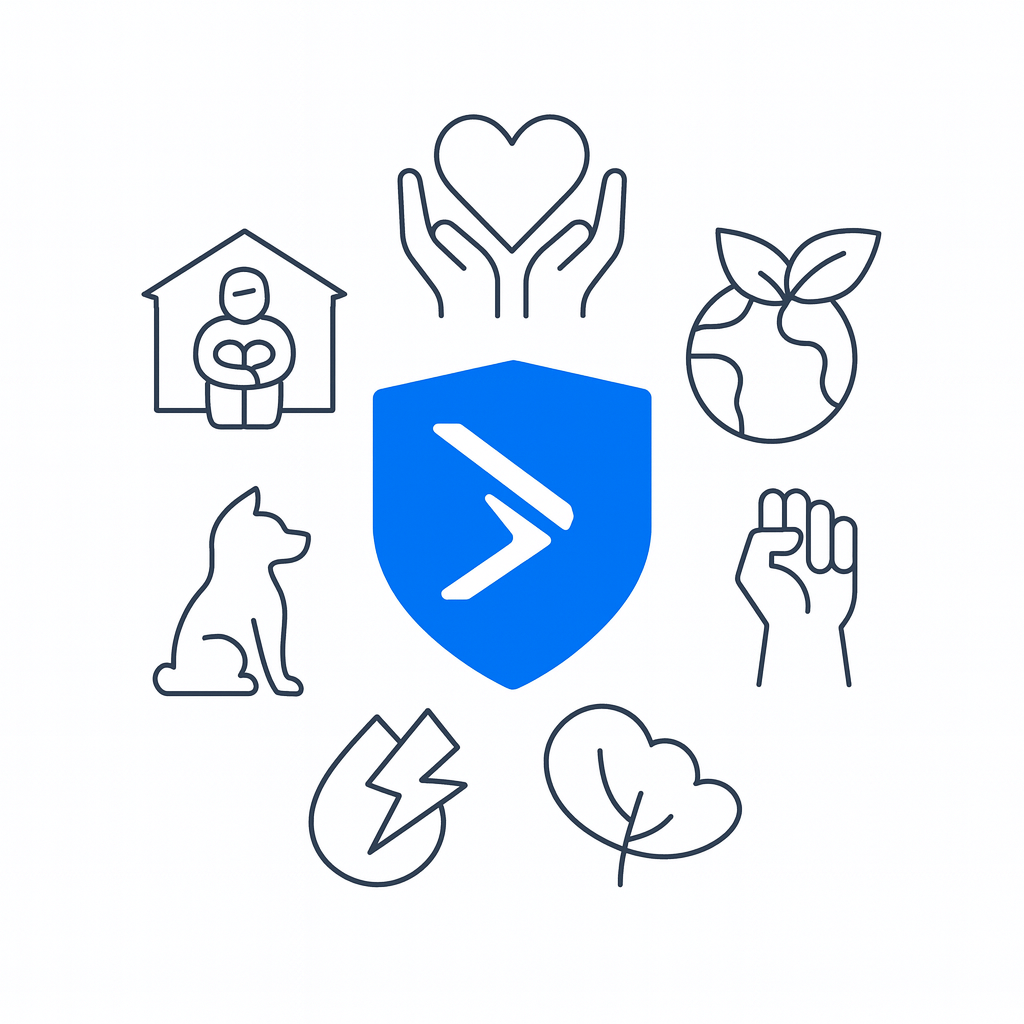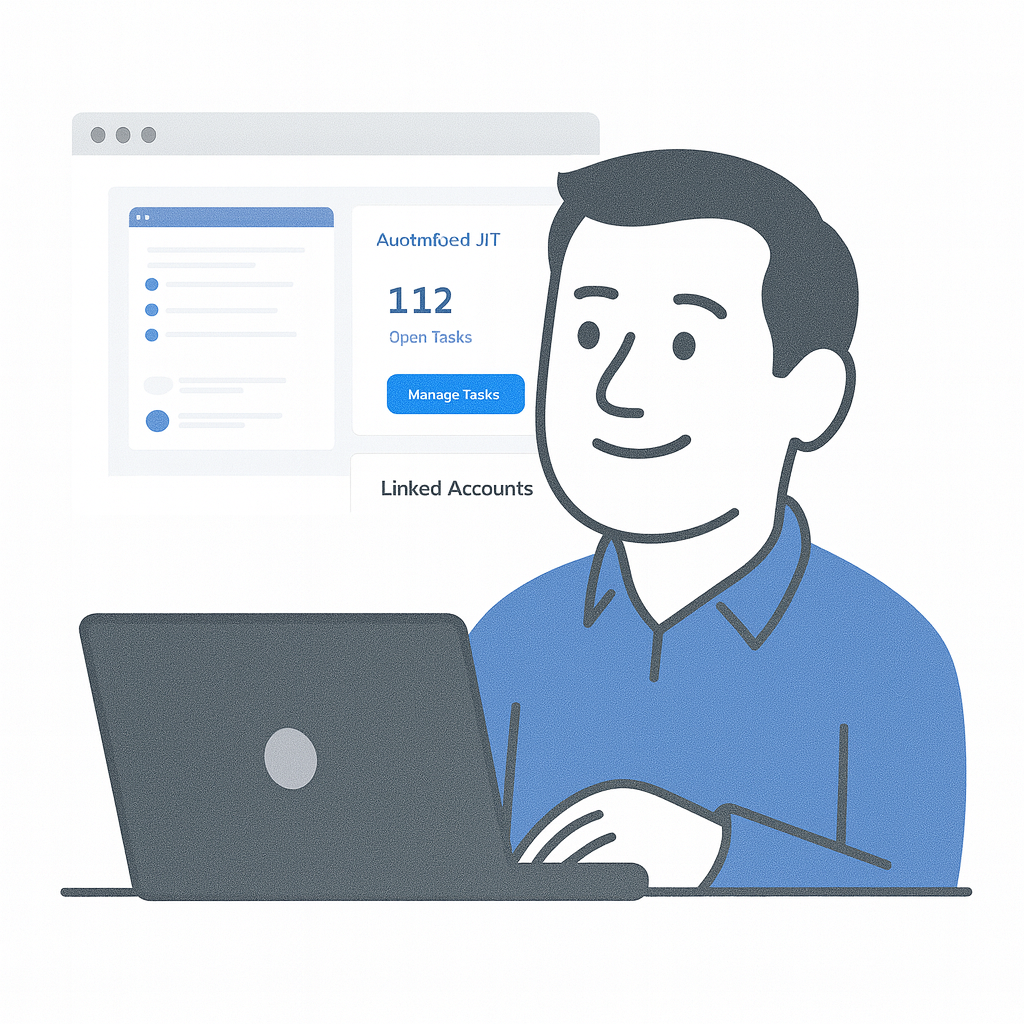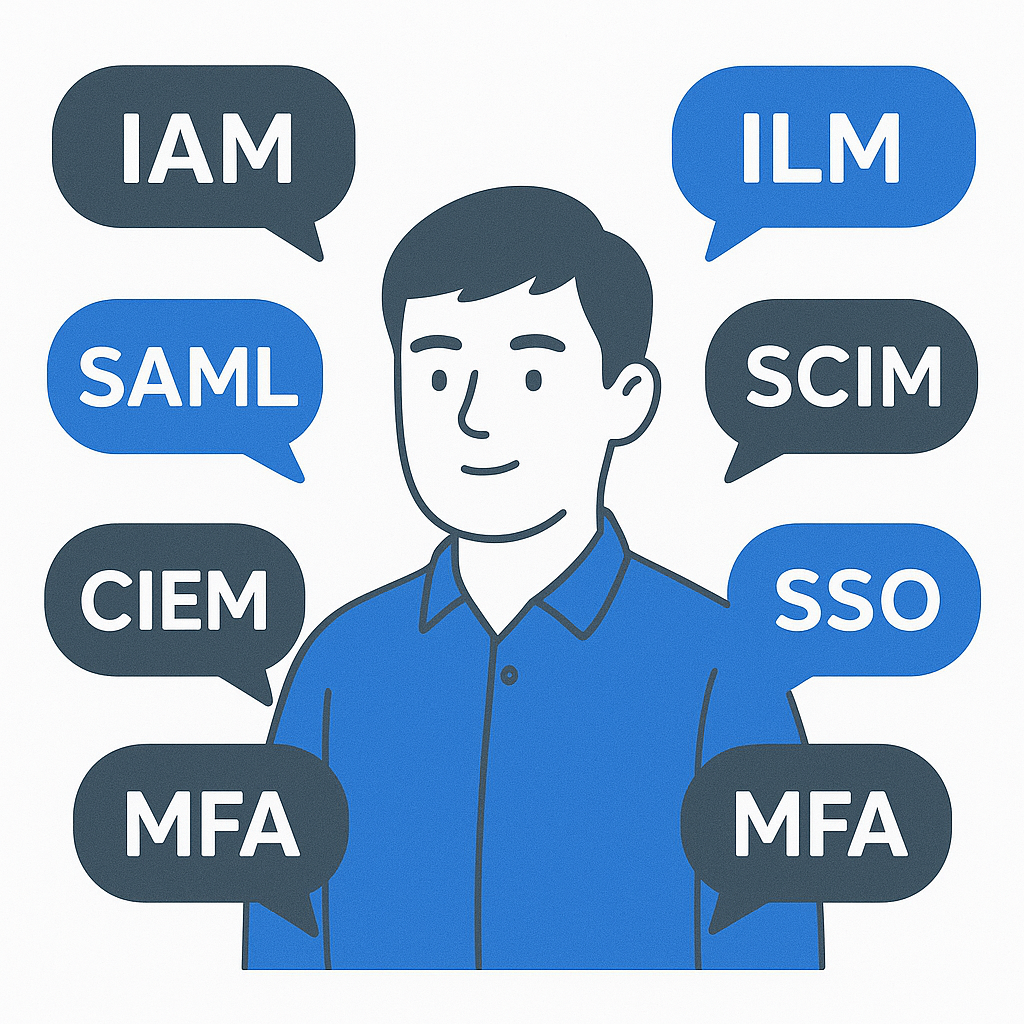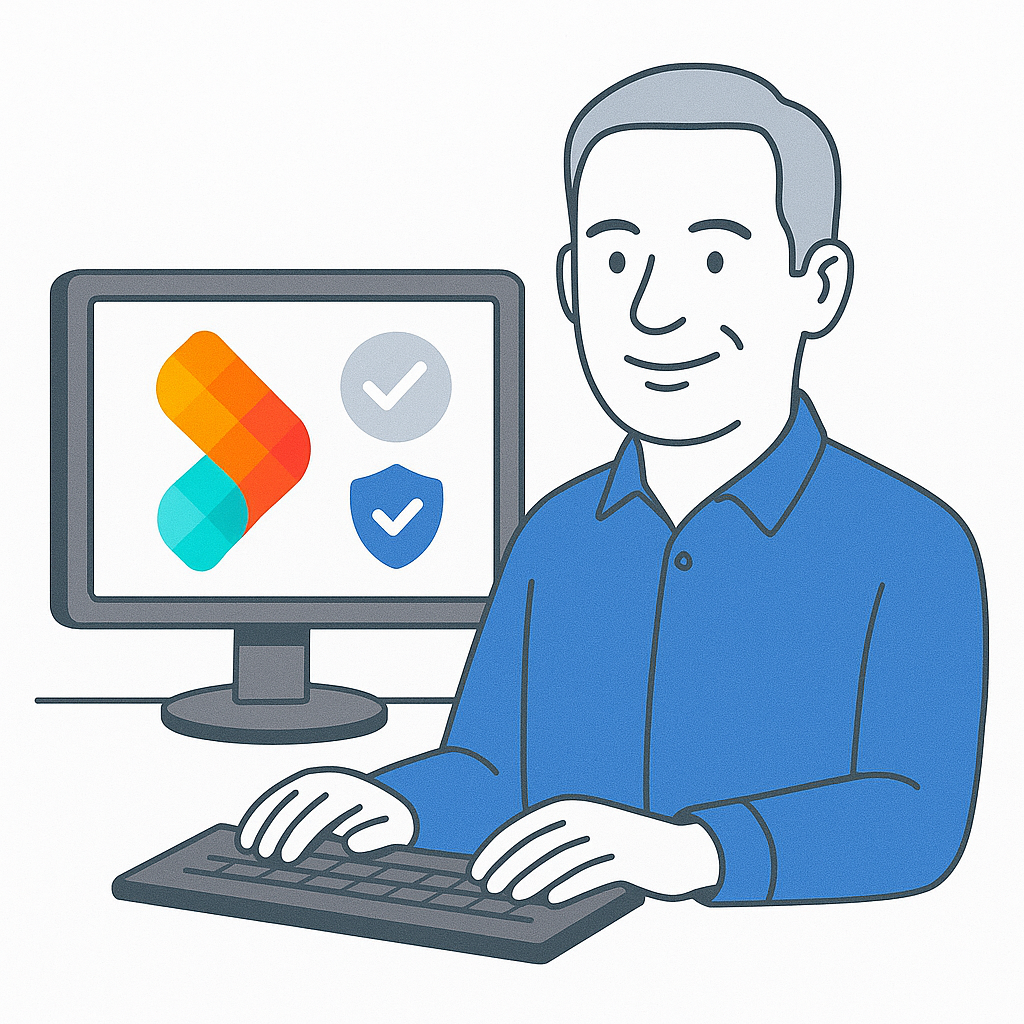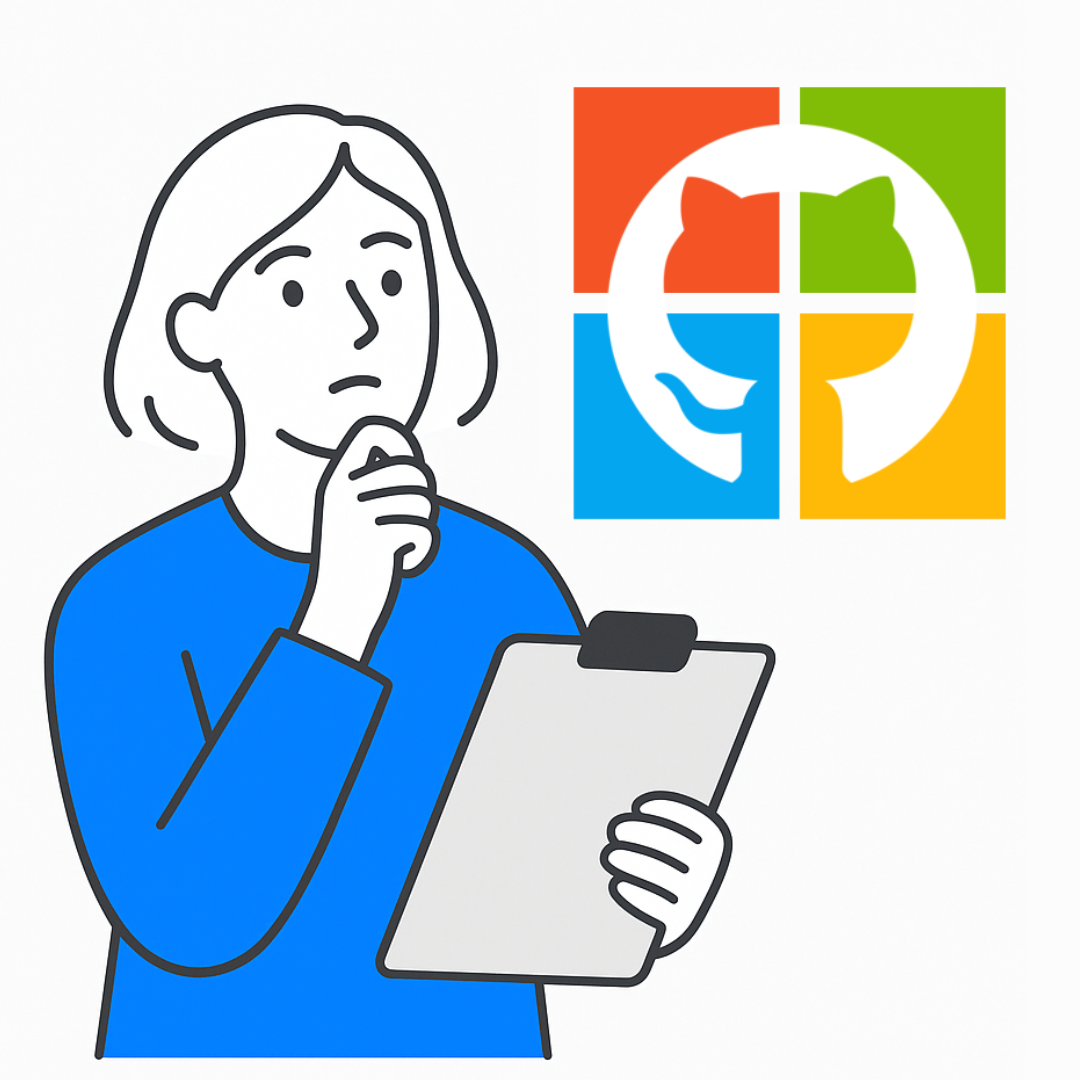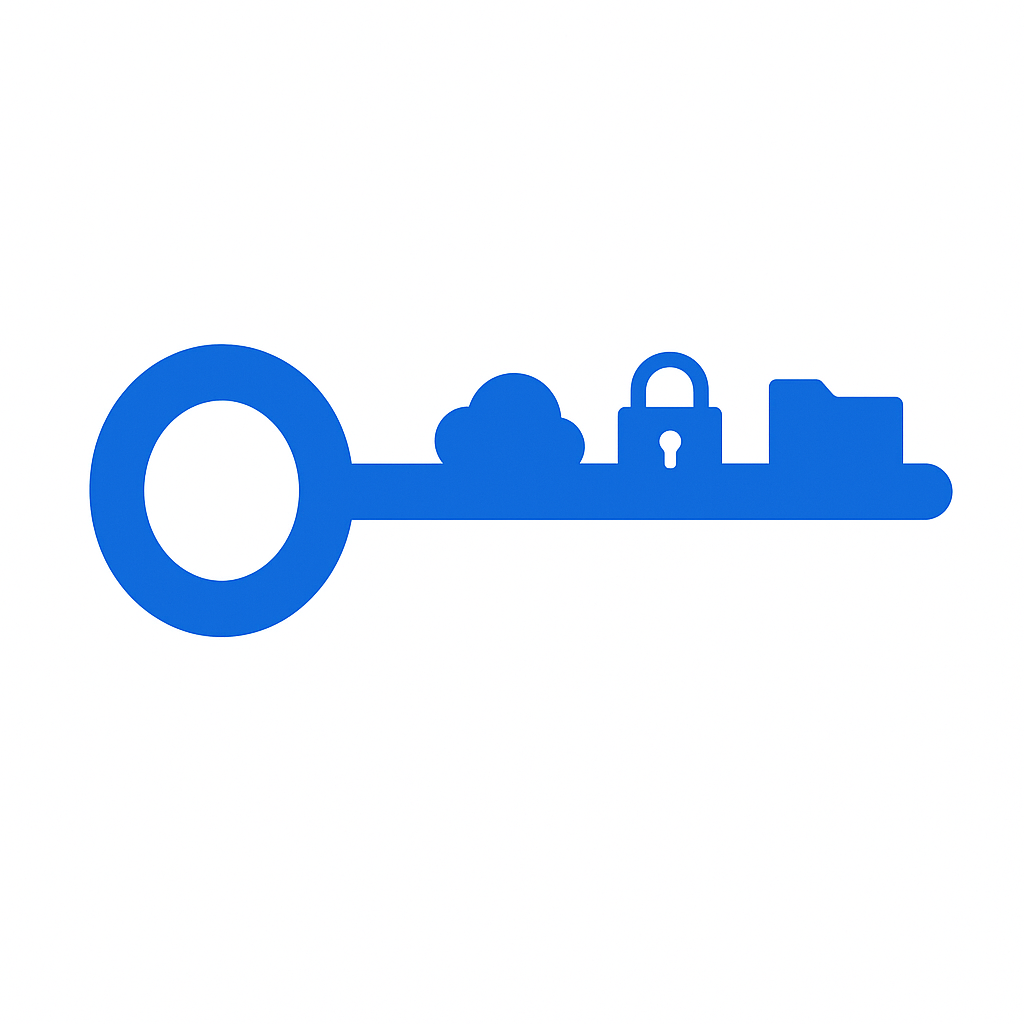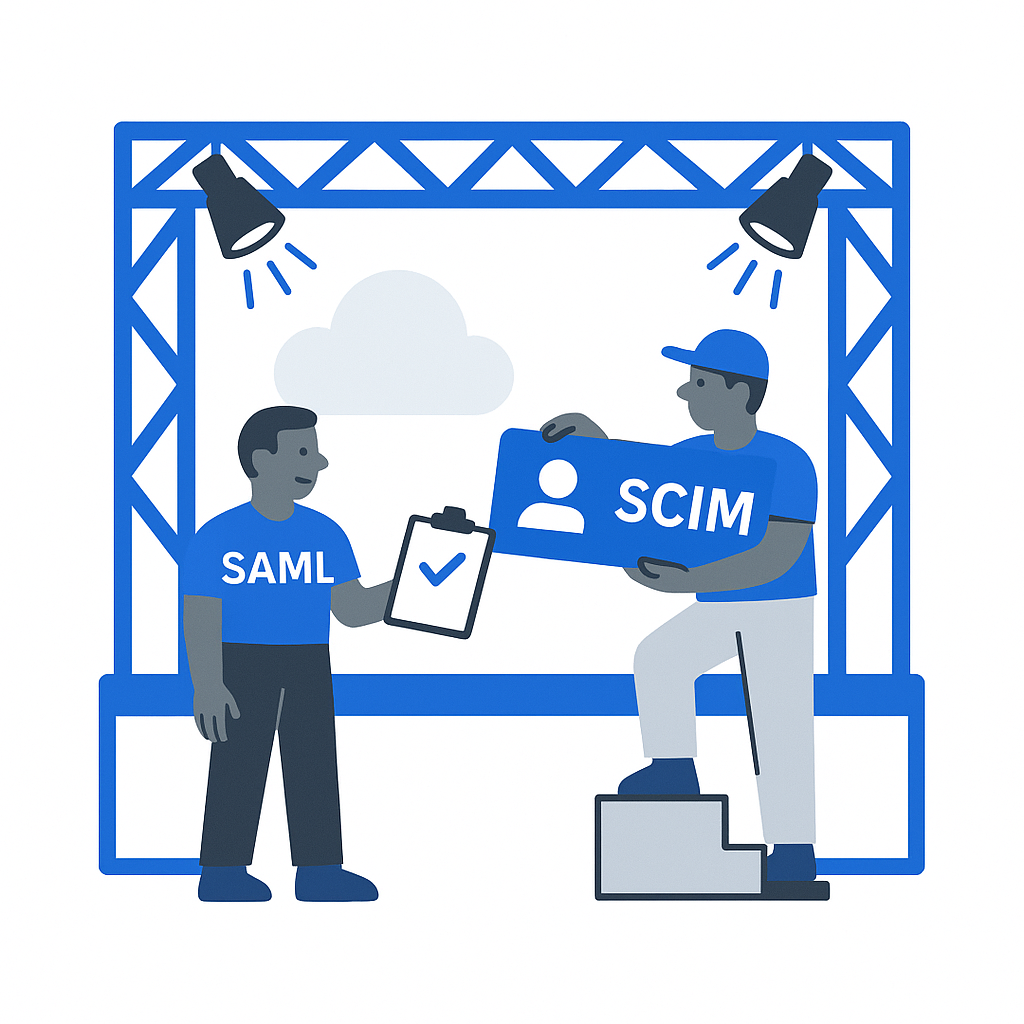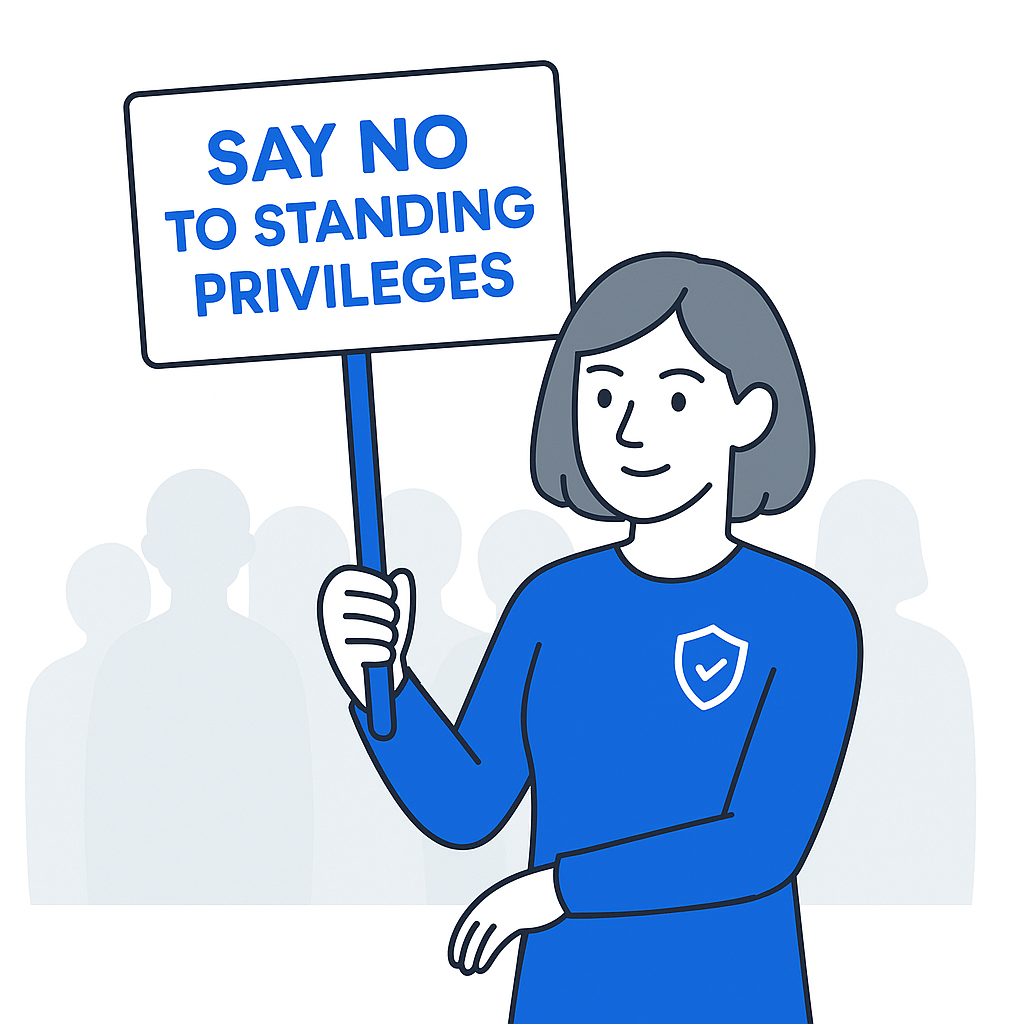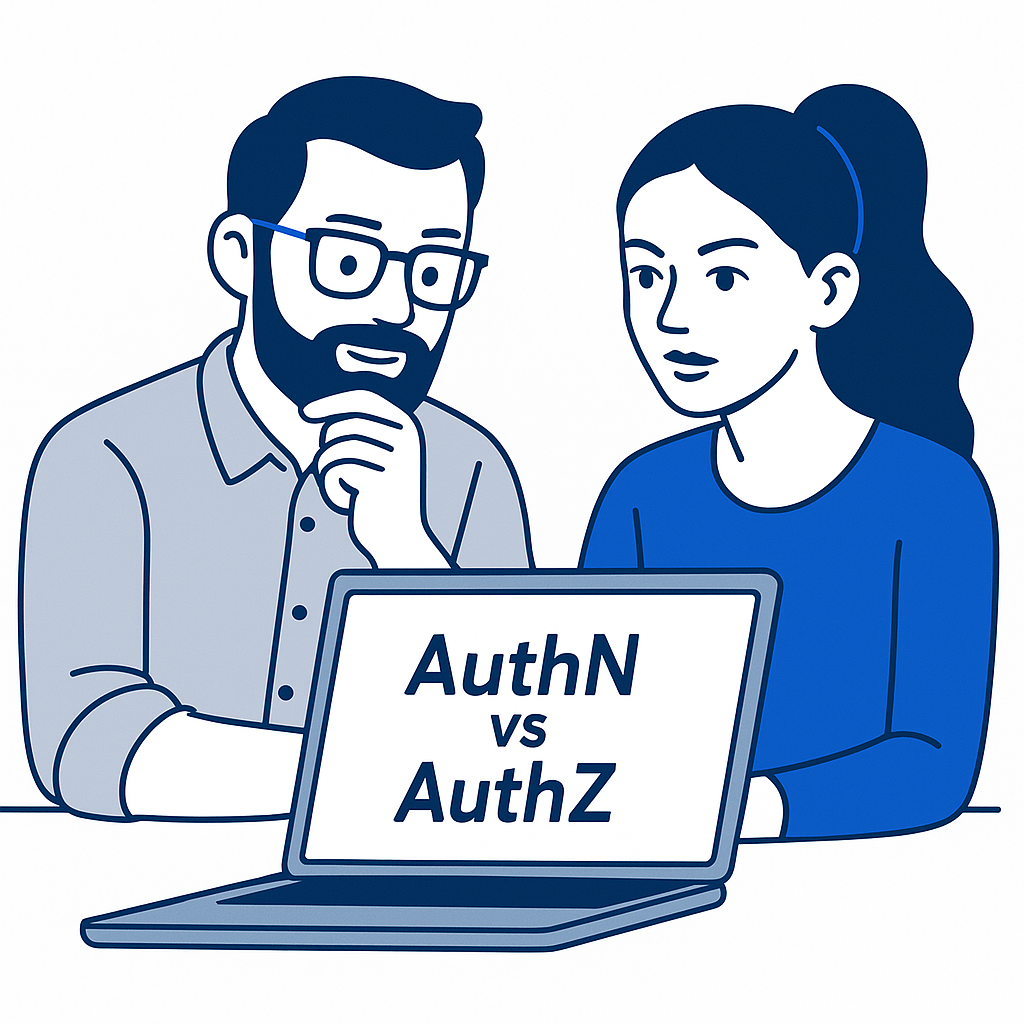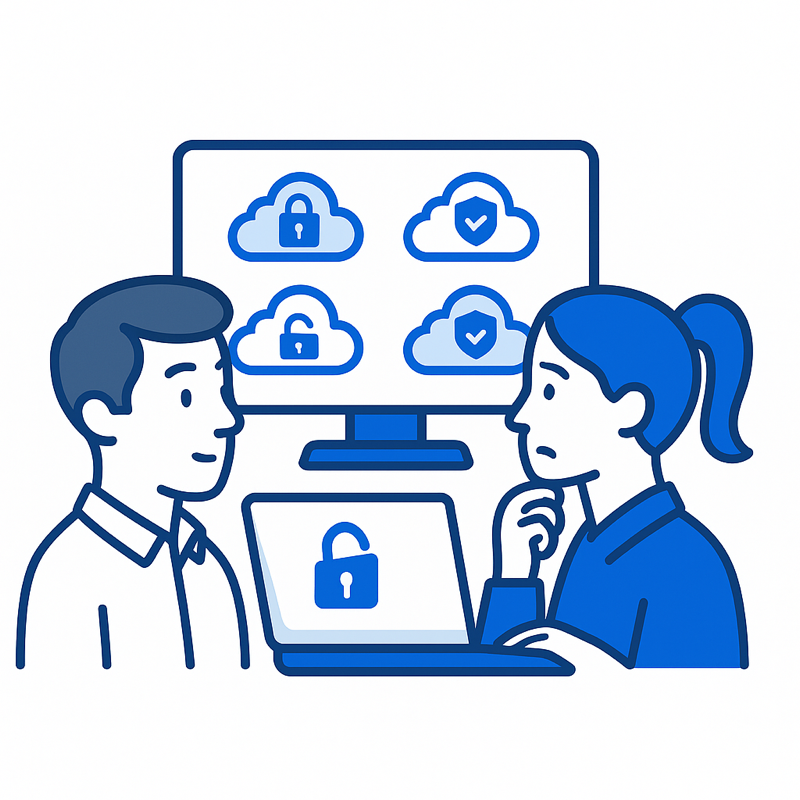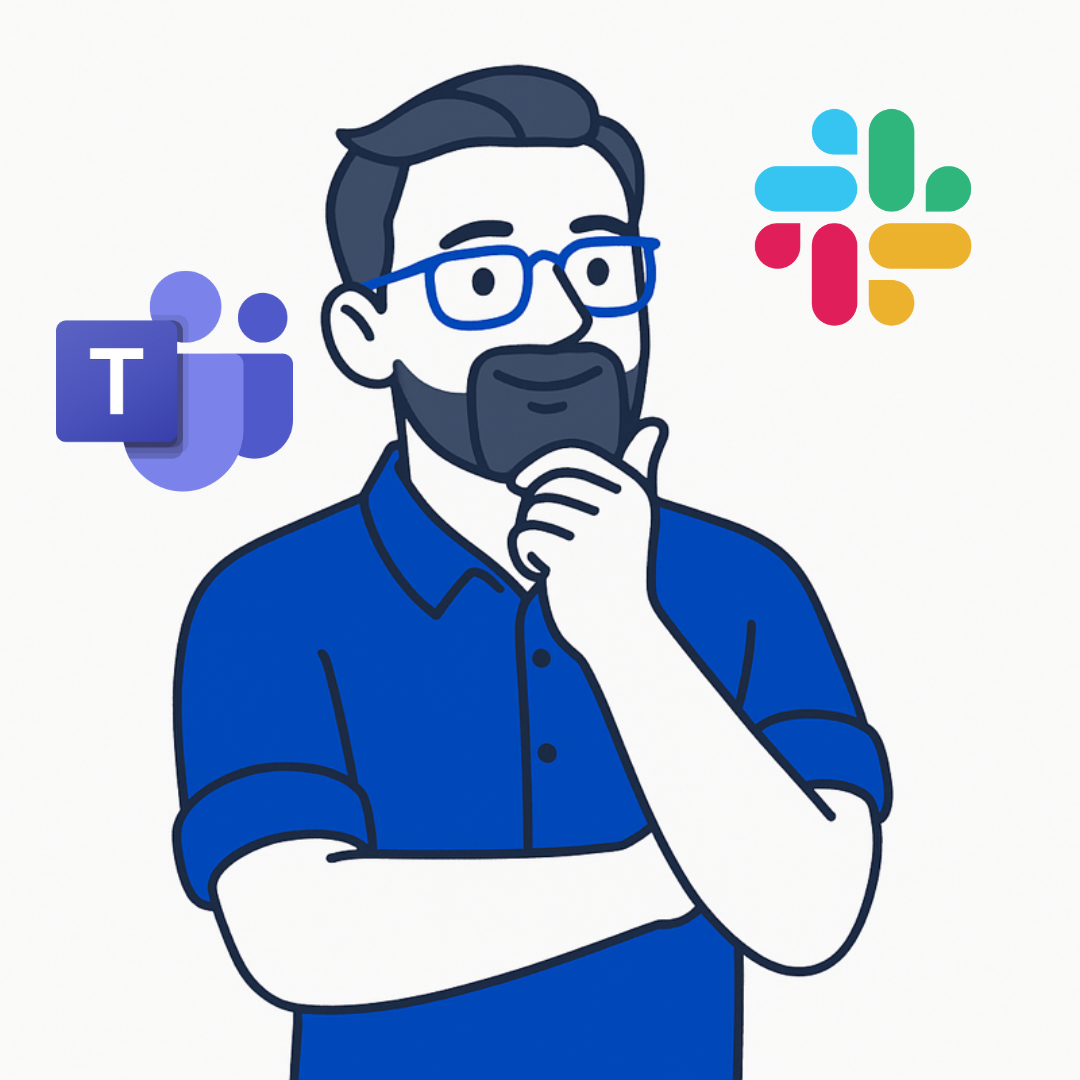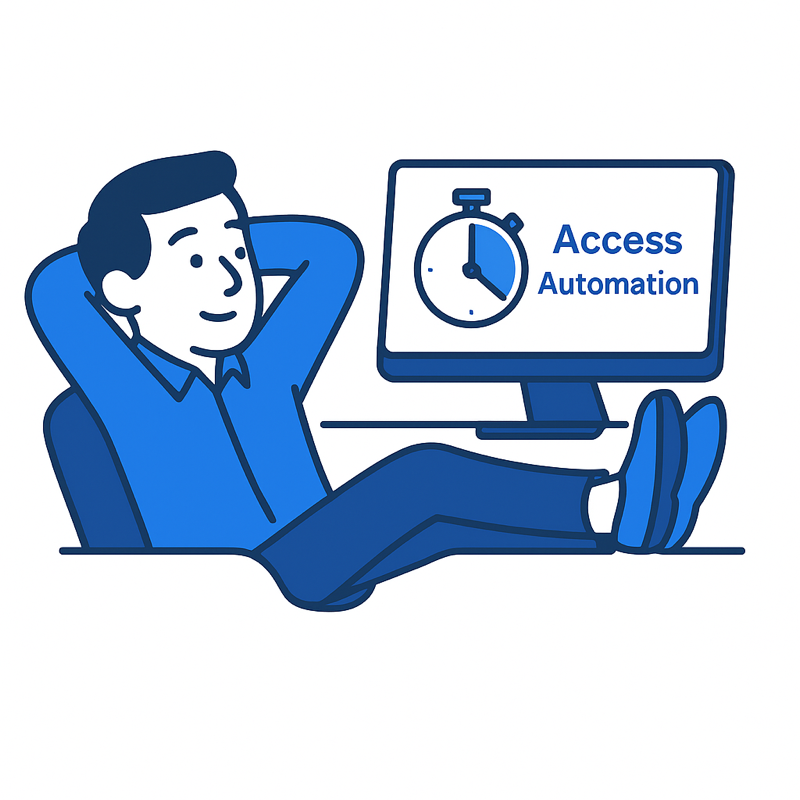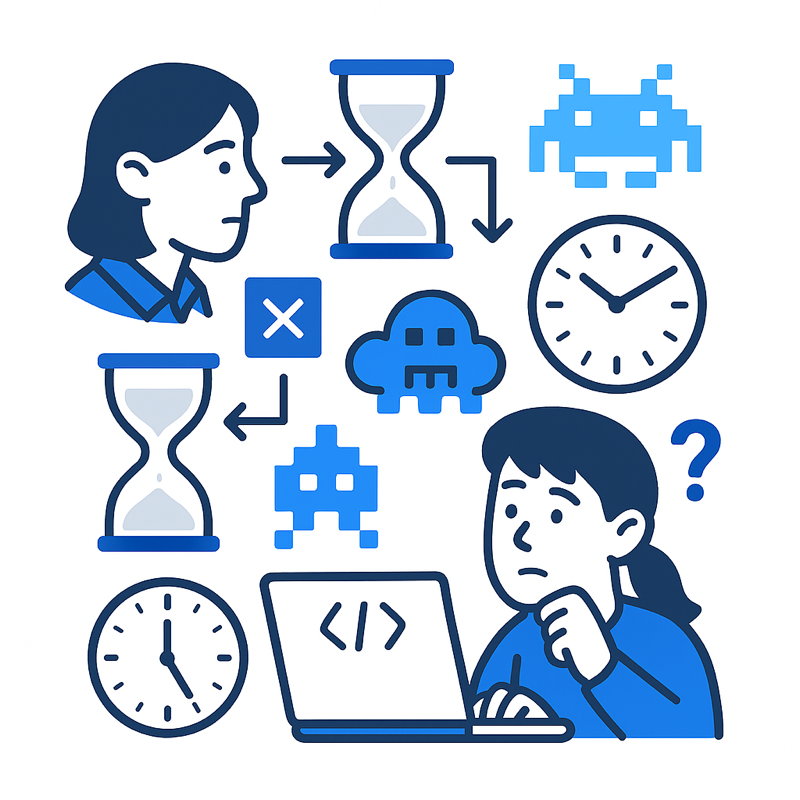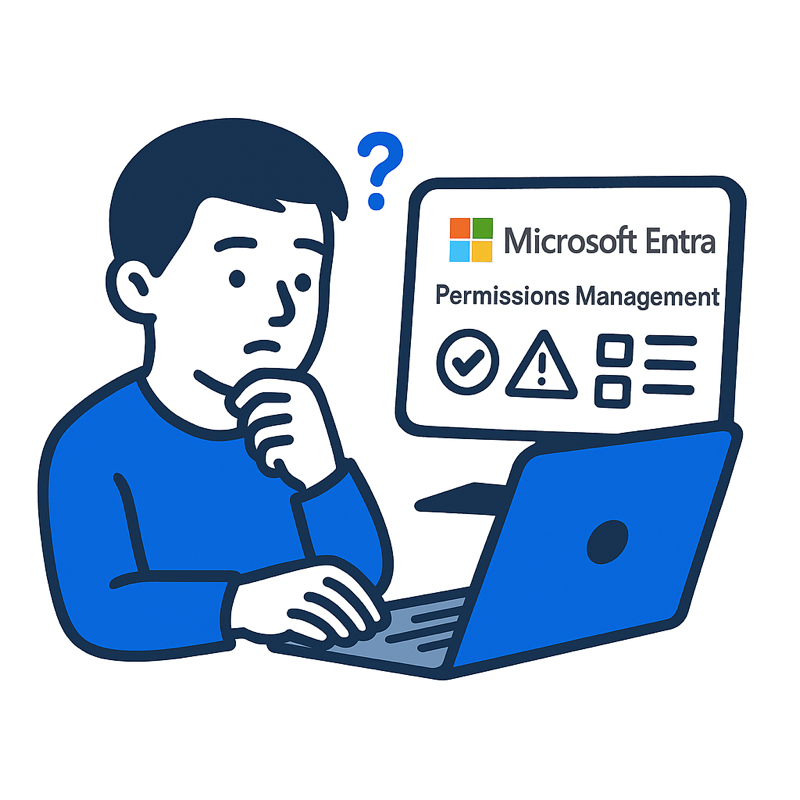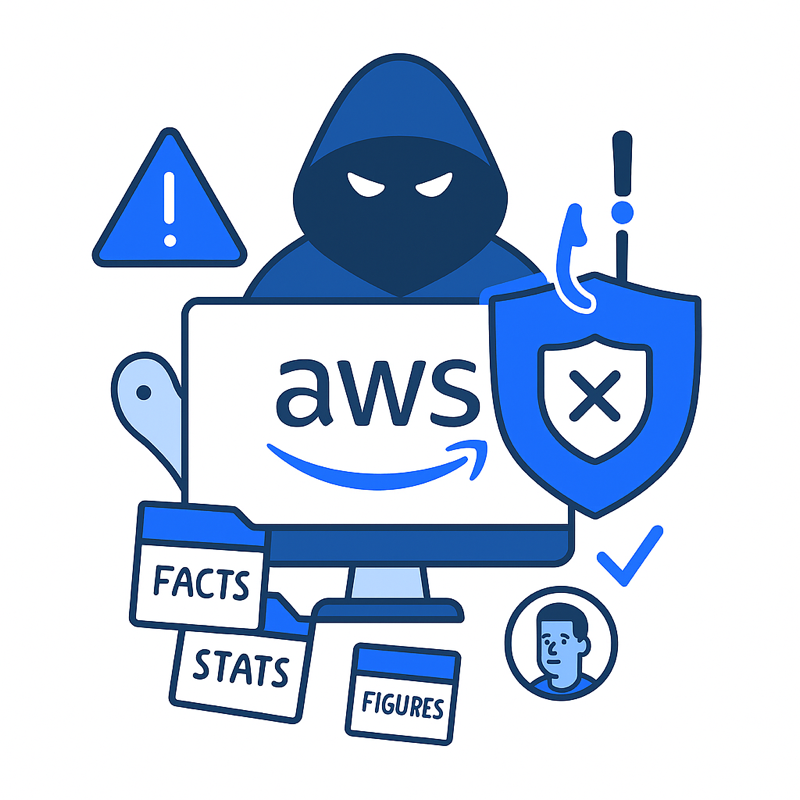What to Ask Before Investing in a CIEM Platform
If you’re responsible for securing a cloud estate spanning AWS, Azure, and GCP, you already know the hardest question in access management isn’t "who’s allowed in?" It’s who’s still in, and why?
Between contractors, service accounts, automation scripts, non-human-identities, orphaned accounts, and stale admin roles, most cloud environments have more standing permissions than active users. Every unused credential is a door left ajar. That’s why many CISOs are now investing in a CIEM platform (Cloud Infrastructure Entitlement Management) to shine a light into the maze of identities and entitlements that traditional IAM tools miss.
But not all CIEM solutions are equal. Some generate beautiful, multi-colored visualizations but do little to make risk reduction actionable. Some vendors say their platform works across AWS, Azure, GCP, and whatever else you throw at it. But in reality, their “multi-cloud security coverage” is superficial. It works fine when you connect one or two neatly configured accounts, not in the messy environments real companies actually have. The right platform should simplify your life, not add another dashboard to babysit.
Before buying a CIEM platform, here are the questions worth asking.
1. Does it actually support every cloud you use?
Plenty of vendors claim “multi-cloud,” but dig deeper and you’ll find support limited to a single provider or basic API calls. A genuine CIEM solution must normalize identities and entitlements across AWS, Azure, GCP, and your identity provider (ideally Okta, Google Workplace, or Entra ID).
That unified view is non-negotiable. If you can’t see every user, role, and policy in one place, you’re not solving privilege sprawl – you’re just moving it around.
Look for a system that provides cross-cloud context: the ability to map how a user’s permissions in one environment differ from another. That’s what helps you spot dangerous overlaps like a developer with write access in AWS and a super admin role in GCP.
2. How quickly can it deliver value?
Buying a CIEM platform shouldn’t mean a six-month integration marathon. The best systems connect within minutes, automatically discover entitlements, and surface risk immediately. You should see your first insights on the same day you connect, not after a consulting engagement.
Avoid platforms that rely heavily on professional services or custom scripting. The point of CIEM is simplicity: to make access control easier, not another engineering project. Deployment should feel like plugging in, not rebuilding your legacy IAM from scratch.
3. Can it enforce least privilege automatically, not just report on it?
Visibility is only step one. The next level is control.
When buying a CIEM platform, insist on automated just-in-time access (JIT). Temporary, auditable permissions that expire once the job’s done. JIT is the difference between passive monitoring and active risk reduction.
Without automation, you’re still relying on humans to remember to revoke access. With it, you transform security from reactive to preventative, eliminating standing privilege entirely and reducing lateral movement potential.
4. Does it integrate with how your teams already work?
Security that lives in isolation won’t get used. Your engineers and DevOps teams spend their days in Slack, Teams, Jira, GitHub, and pipelines. Choose a CIEM that meets them there, enabling ChatOps-style approvals and instant access requests.
This isn’t just convenience; it’s an adoption strategy. If your developers can request and receive access through the same tools they use throughout the day, least privilege enforcement becomes invisible. That’s the secret to lasting cultural change.
5. Is it simple enough for everyone to understand?
Complexity is the enemy of security. The best CIEM solutions translate IAM jargon into plain-English insights. Who has access, why they have it, and whether they still need it.
Simple identification of risks in the terms a security team uses. If your team can’t interpret the output without training, you’ll never reach continuous compliance.
6. Can it scale with your cloud footprint?
Your organization will outgrow static policy models. As workloads multiply and teams expand, entitlement management must scale horizontally.
A strong CIEM automates discovery, analysis, and enforcement without human bottlenecks. It should handle thousands of identities, both human and non-human, without extra headcount. Look for platforms that learn from usage patterns and suggest least-privilege policies dynamically.
If adding new accounts or tenants requires manual configuration, it’s not true CIEM, it’s IAM with lipstick.
7. Does it offer continuous monitoring, not periodic audits?
Traditional compliance reviews happen quarterly or annually. In cloud time, that’s ancient history.
Modern CIEM platforms offer up-to-date visibility: automatic awareness when a role changes, a new high-risk permission is added, or a service account is granted more permissions than it needs. That constant feedback loop keeps your environment clean and audit-ready without the plate juggling and fire-fighting.
Continuous visibility only matters if the right people see the right events at the right time.
8. Will your engineers actually like using it?
Security that frustrates users eventually gets bypassed. The ideal CIEM solution delivers frictionless governance; self-service access requests, rapid approvals, and automatic revocation.
Developers should feel empowered, not restricted. If a tool adds bureaucracy, you’ll end up with shadow access paths and unmanaged credentials. If it simplifies work, everyone wins; productivity, security, and morale alike.
9. How transparent is it about permissions and risk scoring?
Some tools rely on opaque scoring models that spit out a “risk number” without context. Ask how those scores are calculated. The strongest CIEMs explain the logic behind every finding, helping your analysts trust the recommendations.
Transparency builds confidence, especially when auditors or boards ask how privilege decisions were made.
The Bottom Line
Buying a CIEM platform isn’t about chasing another acronym; it’s about regaining control. You’re not just purchasing visibility, you’re investing in simplicity, automation, and multi-cloud harmony.
The right solution will connect in minutes, speak your team’s language, and scale with your business. It will transform entitlement management from a painful audit exercise into a seamless, self-maintaining system.
When access control becomes effortless, you’ve done more than reduce risk. You’ve built a foundation for trust across your entire digital estate.
Please see our cloud providers' IAM comparison for more details.


